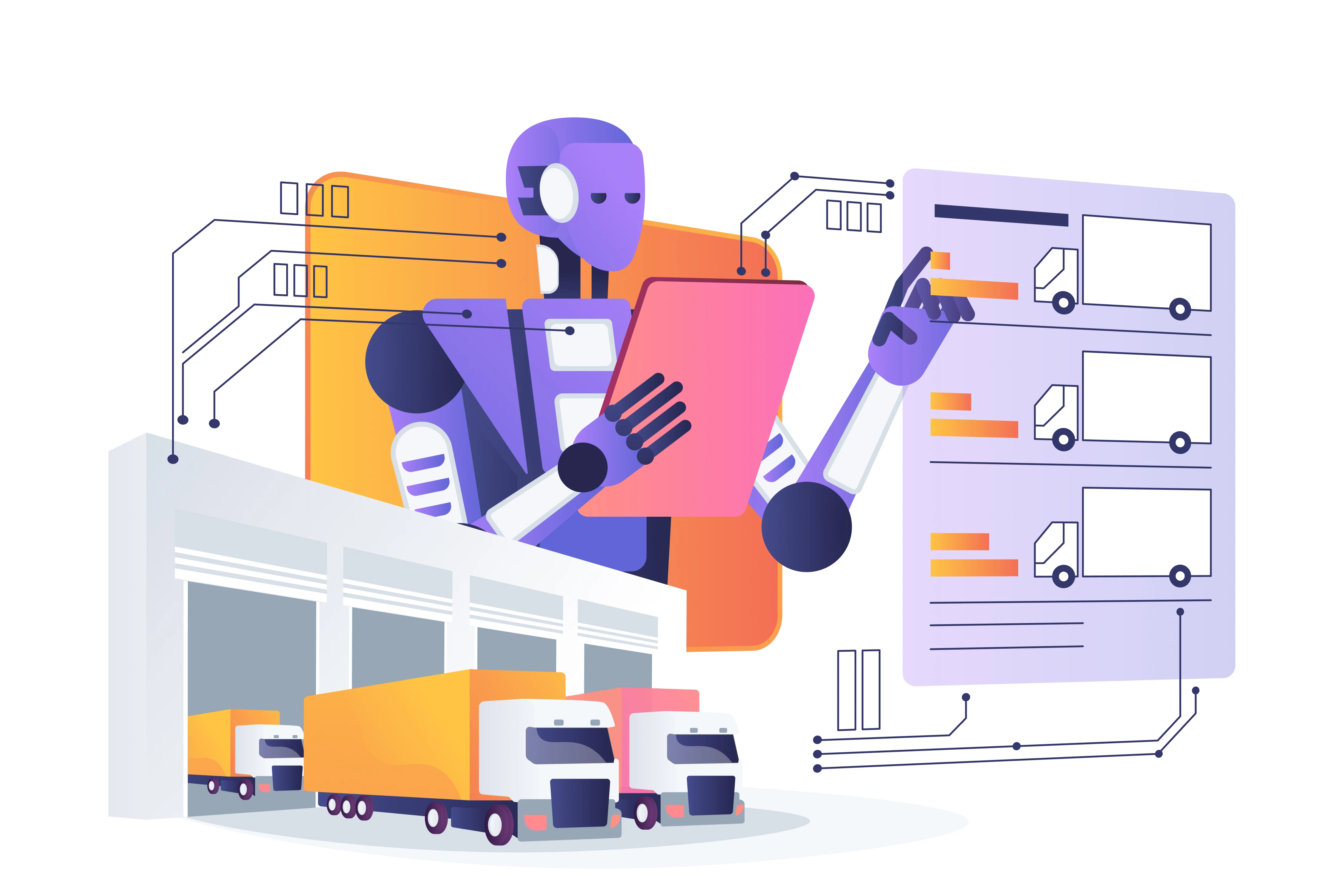AI in Retail: How Artificial Intelligence is Personalising Shopping Experience
Discover how AI in Retail is revolutionizing shopping with personalized experiences, improved customer engagement, and efficient inventory management for optimal operations.











